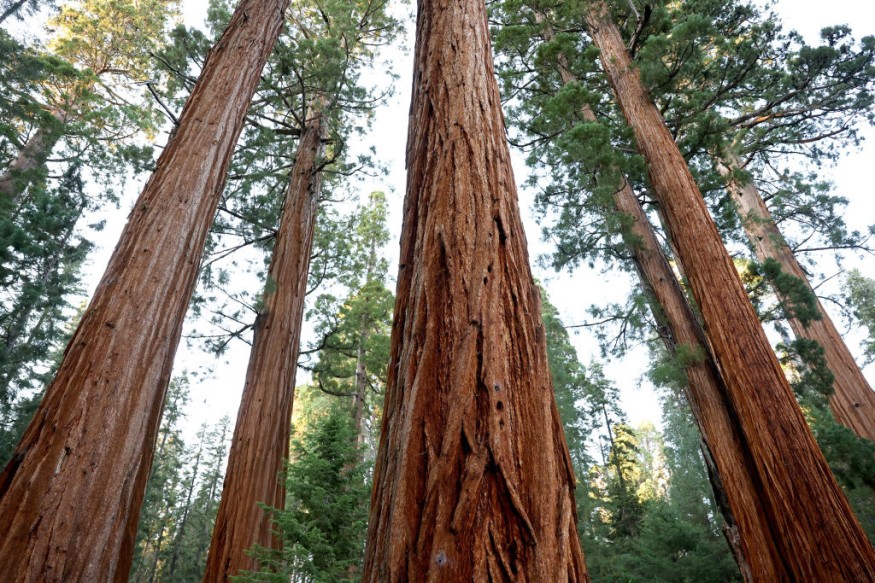US tree species are being threatened with extinction due to a number of emerging invasive insects and diseases initially triggered by climate change, according to a new study. Up to 100 native tree species, including 17 species of oak trees, 29 species of hawthorns, American chestnuts, redwoods, and white bark pine, in the lower 48 states are currently in danger of dying, researchers say.
Scientists in the study say climate change stresses, including drought, extreme weather, and wildfires, are causing the propagation of deadly insects and pathogens that are not originally present in the natural habitats of these trees. The natural structures stood the test of time in the US for hundreds of years. However, it is only until now that dozens of these tree species are becoming vulnerable.
In recent years, scientific evidence shows that human activities like illegal logging are not only the existing threat against the decreasing population of trees. The intensification of storms and global warming are also on the list. Yet, the new research asserts that many tree species in the US had never been studied, highlighting latest health assessments were outdated.
US Tree Species Threat

The study took five years and were conducted by the organizations Botanic Gardens, Morton Arboretum, Conservation International, and NatureServe. They published their findings in the journal Plants People Planet on Monday, August 22.
In their research article, the organizations reviewed the standardized checklist of US native tree species and threat assessments, which they found needs updating. The aim of their study is to prioritize these threatened species and formulate an action plan to conserve them at least.
Some measures being considered is planting native tree species in our gardens, as well as growing living trees in botanical collections.
A Losing Battle
According to Murphy Westwood, the study's lead author and an official from Morton Arboretum, we are losing tree species before they even get identified, as cited by AccuWeather.
Westwood adds that we only have a narrow, rapidly closing wind to address the issue and take action.
The study's researchers specify that trees that are stress by drought, floods, pollution, wildfire, and other extreme conditions are paving the way for invasive insects or fungi.
The research team's main suggestion is that botanical gardens and arboreta will serve a significant role when it comes to conserving threatened tree species.
Meanwhile, there was little or no discussion given about mitigating or stopping human-induced climate change, which is a different matter due to its large-scale environmental repercussions. Still, the new study acknowledges that it is the main source of the extinction threat towards the US tree species.
In February 2020, the International Maize and Wheat Improvement Center (CIMMYT), a research institute in Mexico, also emphasized that climate change is related to pests and diseases.
The CIMMYT cites the warnings of experts that the climate crisis could accelerate or expand their spread if no action is taken.
Related Article: Mycorrhiza: A Powerful Nourisher To Help Tree Species Diversity
© 2025 NatureWorldNews.com All rights reserved. Do not reproduce without permission.





